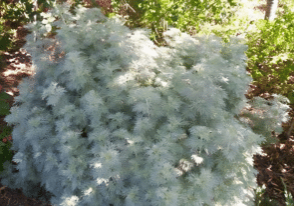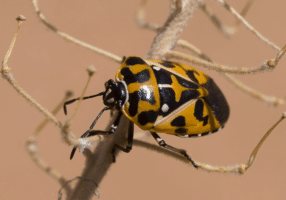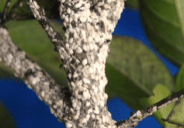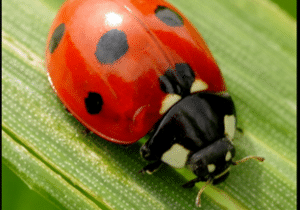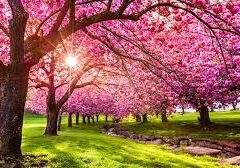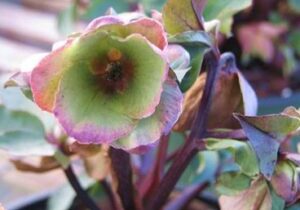by Steve Pulliam


Steve Pulliam earned his MA and BS degrees from Columbia International University. He is the President of IntegrityWorks, LLC and HomeScape Carolina.

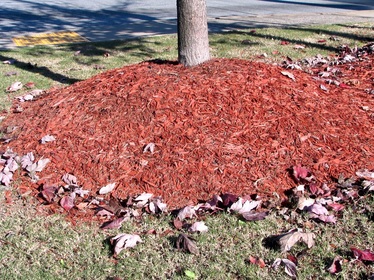
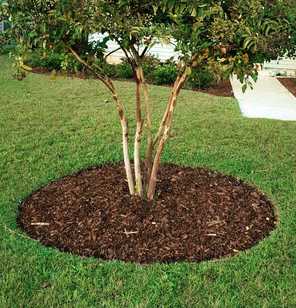
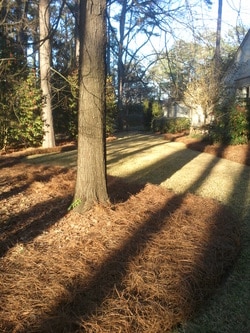
Most appreciate the beauty of a well manicured, freshly mulched landscape. The tidiness of new pine straw when it is blow-tucked at the perimeter of a bed or the stunning contrast of colorful hardwood mulch against the backdrop of evergreen shrubbery, bordered by freshly mowed and edged turfgrass is eye-catching and lovely. Mulch in many ways enhances the beauty and contrast of the landscape. But it does more to improve the overall health and maintenance efficiency of trees and shrubs than is generally known.
Organic mulch comes in a variety of forms from wood chips, bark, straw, composted leaves, grass clippings, hulls, husks and sawdust, to newspaper and cardboard. The organic nature of such means that it breaks down through decomposition and therefore has to be periodically replenished. The benefit is that as the material decomposes, it fertilizes the plants it surrounds.
Materials such as stone, river rock, brick pieces and rubber that are sold locally as "mulch", perform most of the functions of mulch such as regulating soil temperatures, erosion control, helping to maintain soil temperatures, etc., but do not provide the added beneficial nutrition of organic mulches. The organic matter also helps to improve the soil structure and fertility - such as porosity and pH - both of which are highly beneficial to your plants. All mulches have their particular benefits and disadvantages, so consider carefully before installing.
One of the large benefits of having mulch surround your plants, particularly in beds, is it's ability to suppress weeds. Mulch applied 2-4 inches deep blocks sunlight - which is needed for those pesky weed seeds to germinate. Without the needed sunlight, seeds lay dormant. As time goes by, your organic mulch will begin to noticeably diminish through decomposition - pine straw at a much faster rate than wood or bark. Periodic replenishing is a requirement (and an expense) in order to continue working as a weed blocker. Applying a layer of heavy plastic around plants as a weed blocker and then installing the mulch over the top, at first, may seem to be a great idea. The fact that plastic is neither air nor water permeable makes it a bad idea when placed around trees and shrubs. The lack of air and excess trapped moisture combined actually promotes disease and decay. If you feel the need to put down a weed blocking fabric before mulching, make sure that it is air and water permeable.
Another great benefit of mulch is the regulation of soil temperature and moisture. Soil moisture is regulated by controlling the amount of water evaporation in the soil beneath the mulch. That means, less watering to do! Because mulch contains insulatory properties, the soil beneath remains cooler than the ambient air temperature in the summer and warmer in the winter - protecting the roots of your plants.
Mulch has the added benefit of erosion control from the force of wind and water. In some instances, stone may be the only choice if there is a significant erosion issue where wood, bark, straw and other organic mulches might otherwise be washed or blown away.
How to Apply Wood Mulch or Straw
Once you have made a decision regarding the kind of mulch you would like to use, a few simple "best practices" tips will help you achieve success. When using wood mulches or bark, 2-4 inches deep is enough to do the job. An excessive amount is not only a waste of money, it can, over time, create shallow and vulnerable root systems for trees and shrubs. Additionally, you want to avoid piling mulch up against the trunks of trees and shrubs. The excess mulch holds moisture against the trunk resulting in root and/or collar rot and disease over time. Mulch "volcanoes" are not uncommon even among professionally managed landscapes. After applying 2-4 inches of mulch in a circle around a tree or shrub, simply brush the excess mulch a few inches away from the trunk collar. As trees mature, mulch can be applied all the way out to the edge of the canopy of a tree.
Pine straw is probably the most economical mulch available in the southeast. It has to be replenished more often than wood mulches as it decomposes faster. Because it is lighter and more wispy, it can be applied a little deeper - as much as 6 inches deep. It does take some finesse however to make it look good, particularly around the edges. When applying straw in a large bed of shrubs, pull bales apart and broadcast consistently throughout bed areas carefully tucking straw up under the edges of plants. Fill in thin spots as you go. Rake or blow away, with a small hand blower, needles that collect on the tops of plants for a cleaner look. Finally, tuck and roll the front edge of straw where it meets the edge of the bed. This can be done by hand but can accomplished much faster and cleaner with a small hand blower.
Final Thoughts
When applying mulch, consider your surroundings. It may not be the best idea to put stone down beneath deciduous trees. You will find yourself constantly having to remove the leaves during the fall months to show the beauty of the stone. Straw, rather than wood mulch, is best to put beneath pine trees as the wood mulch will become lost beneath a flood of needles in the fall.
Some reports have indicated that the color of certain dyed hard wood mulches are not color-fast and will come off onto shoes and clothing as well as stain walkways. Inquire before you buy if that is an issue.
With regard to rubberized mulch, extensive research results at Washington State University have challenged the idea that recycled rubber used from tires for mulch materials, are a "permanent" and "non-toxic" solution for the landscape. Results have shown with certitude that rubber mulches break down in the environment and leach out toxic compounds that may prove to be harmful to plants and aquatic life. Where it may be useful on playgrounds for its cushioning effect, you may want to refrain from putting rubber mulch around newly planted shrubs or near ponds.

